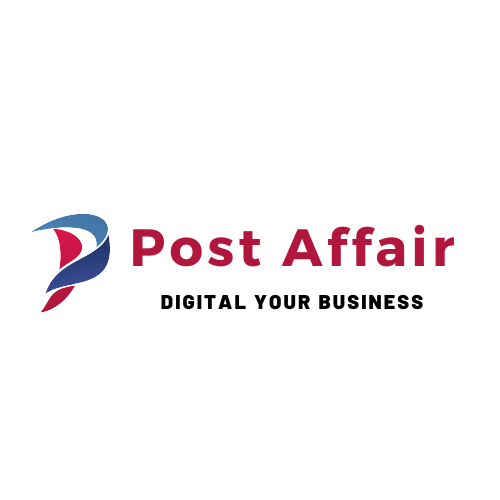Email marketing can be a successful method for advertising a professional blog and increasing traffic to your website, especially if you work in a field where producing unique content free of plagiarism is crucial.
1. Create Your Email List and Segment It:
- Gather email addresses from visitors of your blog, website visitors, and other relevant sources.
- Use user interests, past interactions, or additional relevant information to segment your email list.
2. Select a platform for email marketing:
For managing your email campaigns, use a trusted email marketing platform like Mail-Chimp, Constant Contact, or Hub-Spot.
3. Create an Attractive Email:
- Email’s subject line should be eye-catching and encourage recipients to open it.
- Personalization: To make the email feel more tailored to the recipient, include their name.
- Introduction: Begin with a warm greeting and a brief overview of your blog and website.
- Value Proposition: Clearly explain the benefits of your blog and why the recipient must care.
- Content Teaser: Provide an early glimpse of the most recent blog article and emphasize its originality and lack of plagiarism.
- Call to Action (CTA): Make sure there is a big CTA button that directs people to your blog article.
- Visual Appeal: To make the email visually appealing, use pictures, graphics, and a clean layout.
4. Provide Useful Content:
- Ensure that your blog article is in fact expert, free of plagiarism, and really educational.
- Speak to the particular wants and desires of your target market.
5. Optimize for Mobile:
As more consumers browse emails and websites on mobile devices, make sure your blog post and email are mobile-friendly.
6. Send at the Right Time:
Depending on your industry and audience, you may want to send your email at a time when your target audience is most likely to check their email.
7. Monitor and Analyze:
- Use the analytics offered by your email marketing platform to monitor the effectiveness of your email campaign.
- Track open, click-through, and conversion rates to assess the success of your campaign.
8. Follow Up:
Send follow-up emails to readers who opened your initial email but didn’t visit the blog post in order to engage them.
9. Maintain Consistency:
Create a regular email newsletter schedule to tell your audience about fresh blog pieces and business developments.
10. Promote Sharing:
Include social sharing buttons into your blog post and email to promote sharing of your material among readers.















